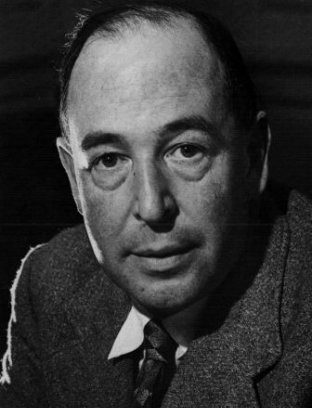Inexhaustible Lewis

An Oxford student once remarked to J. R. R. Tolkien that he had found his tutor C. S. Lewis to be “interesting.” “Interesting?” replied Tolkien. “Yes, he’s certainly that. But you’ll never get to the bottom of him.” The books, all published to mark the 50th anniversary of Lewis’s death, reveal the truthfulness of Tolkien’s response.
Lewis has fared well in the half century since his death on November 22, 1963. (The death date is easy to remember: the world had its eyes trained not on Headington Quarry, the suburb north of Oxford where Lewis lay dying, but on Dallas, Texas, where John F. Kennedy was assassinated.) His books have sold perhaps a billion copies. His undying presence on the British cultural scene will be ensured by the memorial plaque to be unveiled this month in his honor in Poets’ Corner of Westminster Abbey.
Among the general studies of Lewis’s life and ideas, Alister McGrath’s two volumes rank among the best. McGrath gets at the slippery character of Lewis by quoting James Como’s comment that Lewis “at once hid [himself] absolutely, distorted it, and invented parts of it to parade forth; he repressed, explored, and denied it; he indulged and overcame it; certainly he would transform, and then transcend it; almost always he used it.” Even so close a friend as Owen Barfield admitted that “I had the impression of living with, not one, but two Lewises; and this was so as well when I was enjoying his company as when I was absent from him.” Among this plethora of personalities, two are worthy of special note: Lewis the confident apologist and Lewis the much less certain artist.












